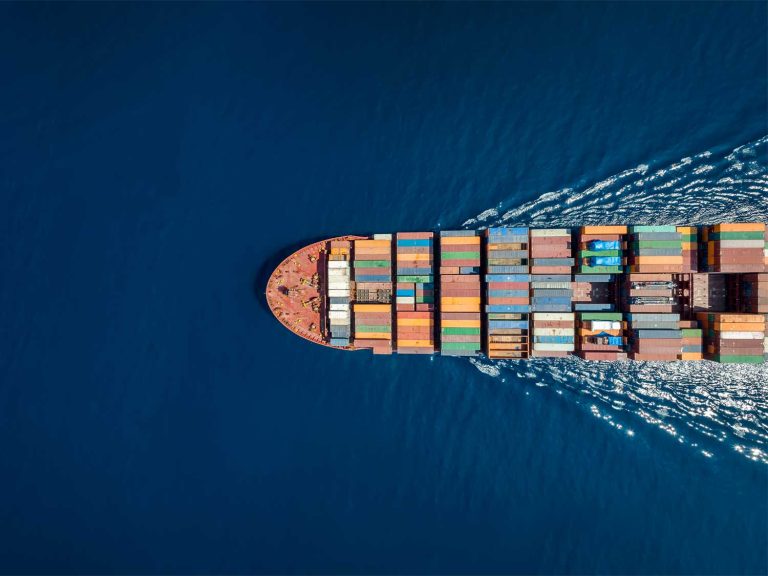
Date:
Sea Freight Outlook for 2025
The global sea freight market is set for another turbulent year in 2025, with rates likely to remain high despite anticipated softening in some lanes. Although new vessel deliveries are expected to bring additional capacity, a combination of geopolitical uncertainties and market reconfigurations is forecast to sustain above-average rates, continuing the challenges faced by shippers throughout 2024.
Several factors will influence rates in the coming year, including the ongoing conflict in the Red Sea and potential labour disruptions on the US East Coast. The three-day strike by the International Longshoremen’s Association (ILA) earlier in October has already raised concerns about future disruptions, with further strike action looming in January. Such incidents could trigger inflationary pressure on spot rates across various trade lanes, not just those directly affected. Shippers looking for stability in an uncertain market may find long-term rate agreements more favourable than navigating the spot market’s fluctuations.
Geopolitical tensions and trade disruptions
Drewry has flagged continuing geopolitical instability as a significant concern for 2025, warning that unresolved tensions in regions like the Red Sea and Persian Gulf could impact shipping operations well into the future. The Suez Canal, for example, is not expected to resume full-scale operations until at least 2026, keeping carriers reliant on alternate routes around the Cape of Good Hope. This prolonged disruption not only adds to transit times and costs but also restricts available shipping capacity, exerting further upward pressure on rates.
Compounding these risks are potential tariff changes, particularly from the US, where increased duties on Chinese goods may prompt shippers to expedite imports. This could spike rates temporarily, particularly for trans-Pacific routes, as companies seek to avoid potential costs associated with new tariffs. Additionally, ongoing demand for China-Mexico routes as an alternative entry point to the US may also lead to price increases, especially as the US presidential election may result in policy changes to trade and tariffs, adding to the overall uncertainty.
New alliances and Carrier Strategies
The reconfiguration of carrier alliances in early 2025 will further shape the sea freight landscape. As carriers adjust to new alliance structures, shippers are likely to see shifts in service reliability, transhipment frequency, and schedule integrity, especially on key routes from Asia. These adjustments are likely to create occasional disruptions in operations, as changes in routing, port calls, and service frequency impact transit times and predictability.
In anticipation of these market shifts, many shippers are already opting for stable, long-term pricing agreements over the volatility of the spot market. Fixing rates over a 12-month period is increasingly seen as a strategic move, as it provides greater budget predictability and insulation from potential rate spikes. While rates on certain lanes may soften as the new vessel capacity is deployed, Drewry expects them to stabilise well above pre-pandemic levels.
Metro’s Fixed-Rate options Can Provide Stability in Uncertain Times
As geopolitical risks and market disruptions continue to loom over the industry, maintaining resilient supply chains and budgeting effectively will be key priorities for shippers navigating the complexities of 2025’s sea freight landscape.
In a volatile sea freight market, securing fixed-rate agreements on popular shipping routes can help reduce risk and provide essential budgetary certainty. To explore how Metro’s fixed-rate options could support your business in 2025, please EMAIL chief commercial officer Andy Smith.
